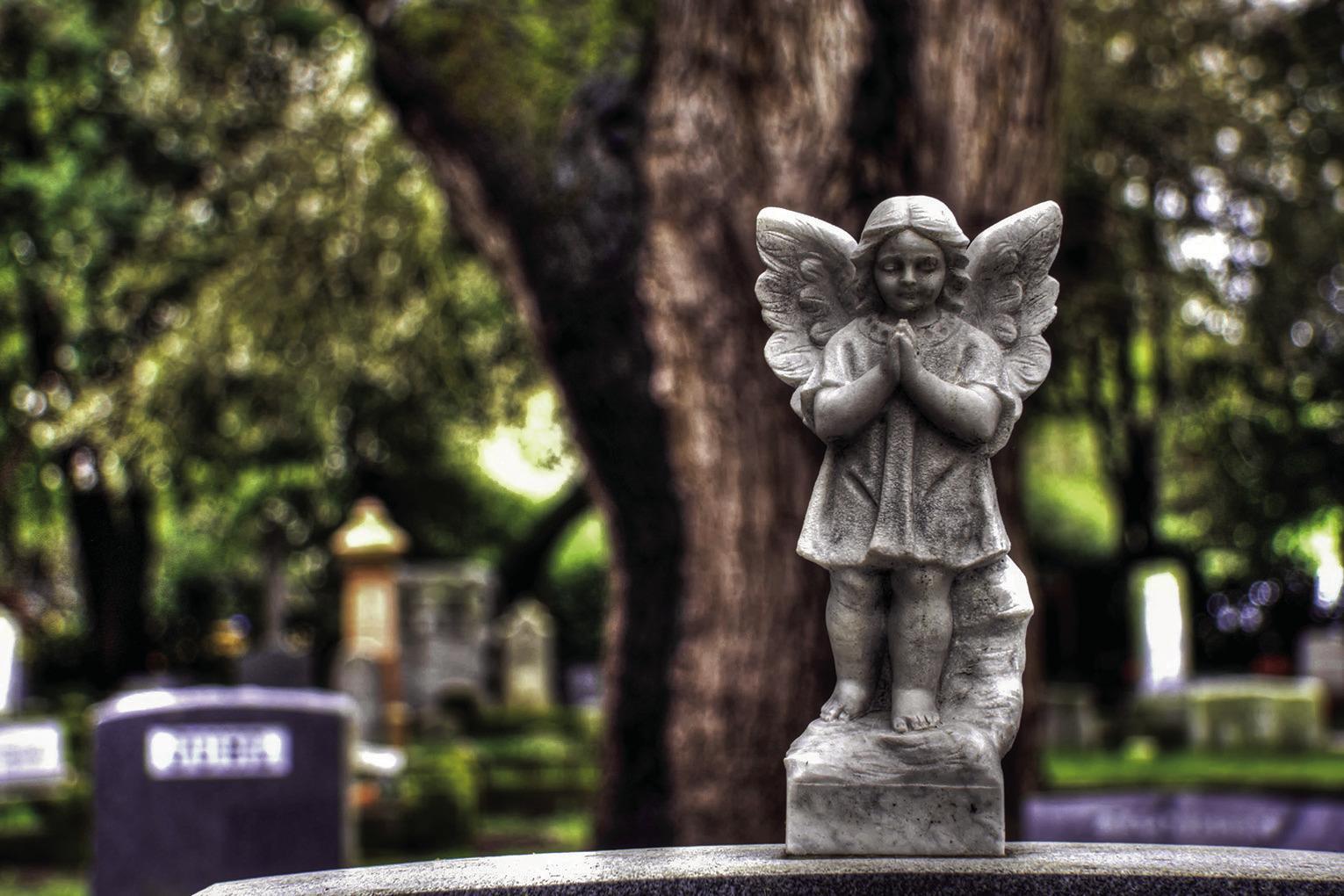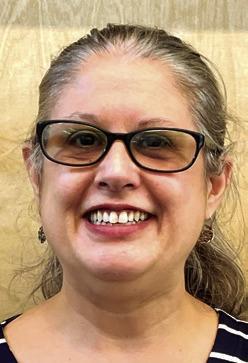
People have long been fascinated with the business of death, particularly the customs surrounding funerals and burials.
Photo from Metro Creative

SAN MARCOS PUBLIC LIBRARY
625 E. HOPKINS ST.
512-393-8200
Answers to Go
Q. Do you have any information about the business of death — like funerals, obituaries, customs and history?
A. Yes. I will highlight a few of the items the library and the internet have on this topic — there is quite a lot of information!
The “business of death” has fascinated people since humanity began. At Houston’s American Funeral Service Museum, they have it all — especially hearses and coffins. One of the hearses they have is a 1916 Packard — the first funeral bus in the United States — that sadly (or hilariously, depending on your perspective) had a serious design flaw. The part of the bus that held the family — and therefore most of the weight — extended far past the rear axle. On a steep hill in San Francisco, the mammoth vehicle tipped backwards dumping mourners, pallbearers, and the casket into the street! Fortunately, the casket didn’t skid too far down the hill, but the embarrassed funeral director never used the bus again. (Harrell) While family members often write the obituary for a loved one that has passed, a professional obituary writer can be hired to do a tasteful and (if you like) imaginative job. There is even a Society of Professional Obituary Writers (SPOW) which teaches the art of interviewing and profiling with the goal of creating exceptional remembrances of those who have passed away. The society even has a biannual conference called Obit-Con (last one was in 2019) and gives out awards for notable obituaries called “Grimmys.” (Hart) You can view their website at societyofprofessionalobituarywriters. org/ One of the most informative (and often humorous) books in the library on the business of death is “Funeral Customs: their Origin and Development” by Bertram S. Puckle. Originally published in 1926, the author recounts cultural practices in a chatty, rambling way. Chapter nine, whimsically titled “Trees, Flowers, Body Snatching” discusses the use of plants and greenery, including wreaths. The author recounts a humorous tale about a soldier who was visiting a grave with a floral wreath when he spotted a man bringing food as an offering to his ancestral tomb. Amused by this superstitious absurdity, he asked him when his ancestor would come up from the tomb to eat his food. The man responded, “About the same time your friend comes up to smell your flowers.” (Puckle) Another intriguing book at the library is “The Encyclopedia of The End: Mysterious Death in Fact, Fancy, Folklore and More” by Deborah Noyles. As in the story above, wreaths are discussed. Noyles writes that, “The original goal of placing a funeral wreath on a grave or a door may have been to trap, appease or waylay the dead by offering a live distraction; but today a wreath is just one of the many and unassuming ways we say goodbye.
“Corpses, Coffins, and Crypts: A History of Burial” by Penny Coleman recounts funeral processions. She writes, “Funeral processions are as diverse as the people of the world. In the burial rituals of the Australian Bushmen, mourners are painted with white clay and the bleached bones of the dead person are carried in a tree trunk. In Venice, Italy, gondolas carry the coffin and the mourners in the funeral procession. In New Orleans, the processions on the way to the cemetery feature a brass band playing slow mournful dirges. However, on the way back they strike up lively and spiritual songs.”
As you prepare for Halloween and Día de los Muertos (Day of the Dead), enhance your celebrations by learning a little bit more about the business of death at the library!
• Harrell, K. (1995). “What A Way To Go.” Texas Highways Magazine, 10–13.
• Hart, M. (2021). “Dearly Departed.” The Writer, 8–13.
• Noyes, D. (2008). “Encyclopedia of the end: Mysterious death in fact, fancy, folklore, and more.” Houghton Mifflin Co.
• Puckle, B. S. (1926). “Funeral Customs: Their origin and development.”
Suzanne Sanders is the columnist for the library. She is the Community Services Manager for the San Marcos Public Library and came from the Austin Public Library in 2015 after having served there as a librarian for over 20 years. She gratefully accepts your questions for this column.











